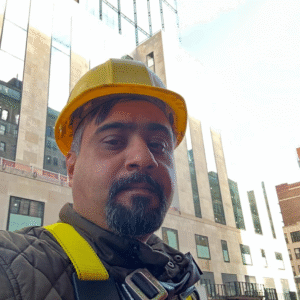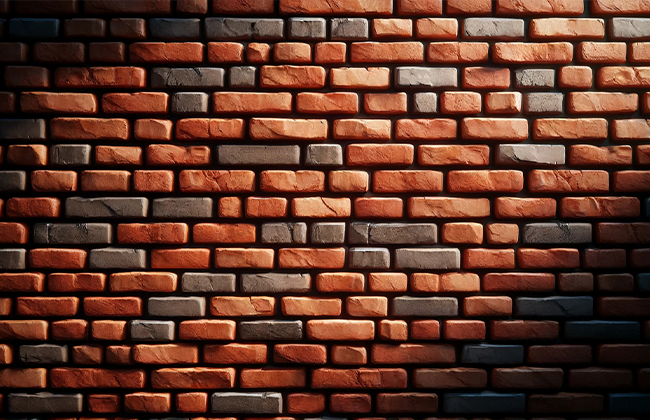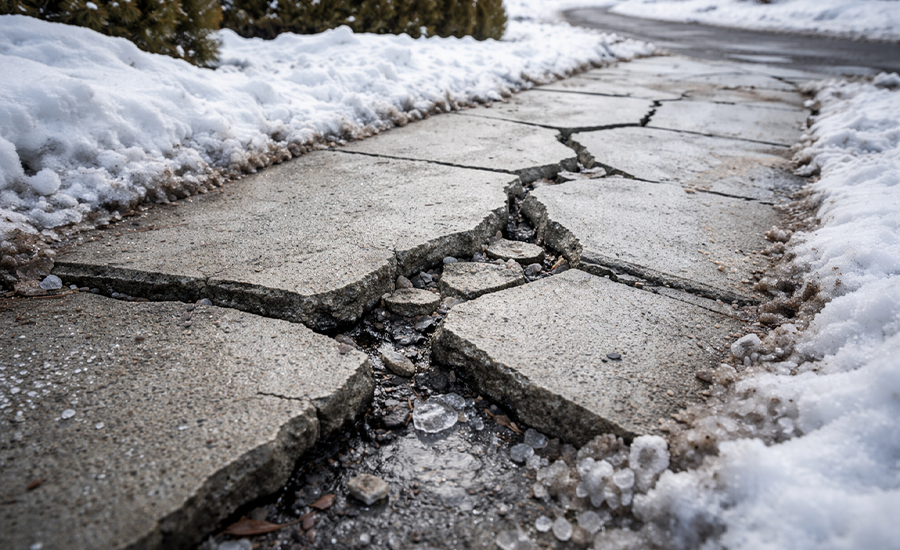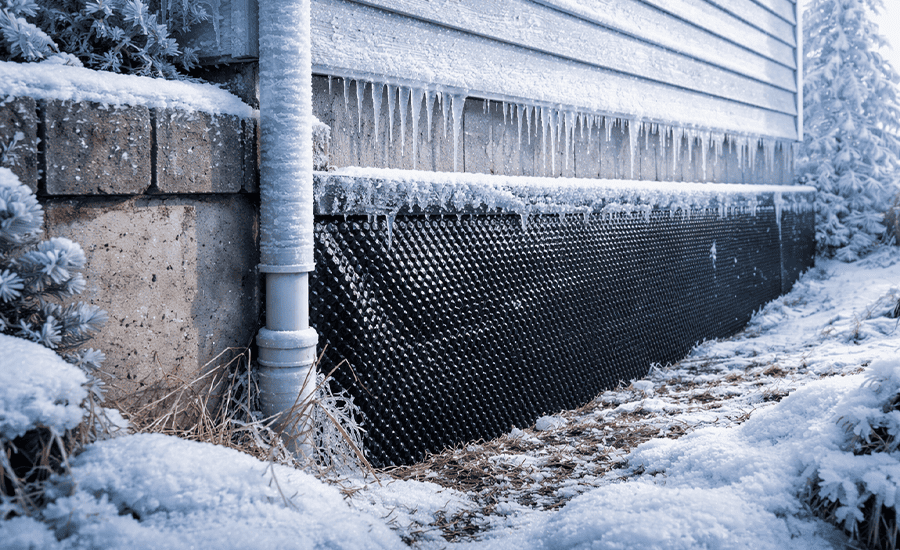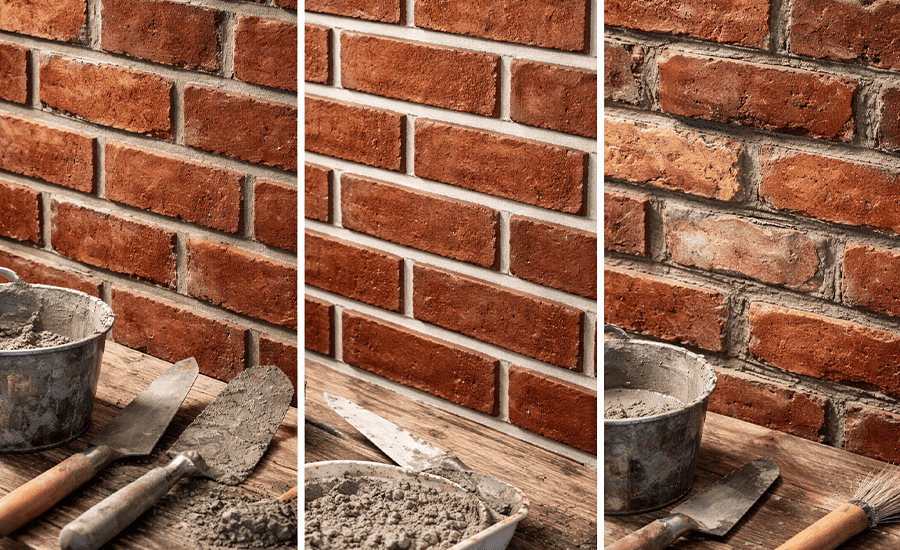Welcome to the fascinating world of brickwork! In this journey, we’re diving into the different types of brickwork, each with its unique characteristics and uses. From the sturdy stretcher bond to the intricate Flemish bond, brickwork is not just a construction element; it’s a testament to craftsmanship and architectural evolution. Get ready to uncover the hidden stories behind these building blocks of our everyday structures!
Understanding Brickwork
Hey there! Let’s start by getting a good grip on what brickwork really is. It’s not just about stacking bricks; it’s an art that’s been shaping buildings for centuries!
The Basics of Brickwork
Before diving into the various types, it’s essential to grasp what brickwork really involves. Brickwork is essentially the art and craft of building with bricks. It uses a special type of mortar to bind bricks together. The overall quality, robustness, and visual appeal of any brickwork largely depend on two crucial factors: the quality of the bricks themselves and the pattern in which they’re laid. It’s fascinating, really, how these factors interplay to create structures that can last for centuries!
Historical Perspective
Now, let’s step back in time. Bricks have been a foundational building material for millennia. Believe it or not, the earliest evidence of brick structures dates back to 7000 BC! Over the years, the art of brickwork has undergone significant transformations, offering us a rich tapestry of styles and techniques. From ancient civilizations to modern skyscrapers, bricks have stood the test of time, embodying resilience and adaptability.
Types of Brickwork
Now, let’s explore the fascinating varieties of brickwork. Each type has its own story and use, from the sturdy English bond to the elegant Flemish bond.
1. Stretcher Bond Brickwork
Let’s start with the stretcher bond brickwork, the most common and simplest form. Imagine a brick wall where all you see are the long sides of the bricks, lined up neatly. That’s your stretcher bond. It’s predominantly used for partition walls where thickness isn’t a primary concern. This bond is a favorite in modern construction due to its simplicity and speed of construction.
2. Header Bond Brickwork
Next up, the header bond. Here, bricks are laid with their shorter end (the header) visible. This style is a nod to historical architecture and is renowned for its impressive load-bearing capacity. It’s not just about strength, though – the header bond also brings a touch of classic aesthetic to buildings.
3. English Bond Brickwork
The English bond is a mix of might and tradition. It alternates between courses of headers and stretchers, creating a strong bond that’s been a staple in both historical and modern buildings. Its popularity isn’t just due to strength; the English bond also has a distinctive visual rhythm that appeals to the eye.

4. Flemish Bond Brickwork
Then there’s the Flemish bond. This one is a bit more artistic, blending headers and stretchers in the same course. The result? A pattern that’s as strong as it is attractive. It’s a style that speaks to those who appreciate strength and beauty in equal measure.
5. American Bond
Finally, let’s talk about the American bond, more unique to the USA. This bond features several courses of stretchers with a single header course at regular intervals. It’s not just popular for its distinct appearance but also for its robust construction.
Applications of Different Brickwork Types
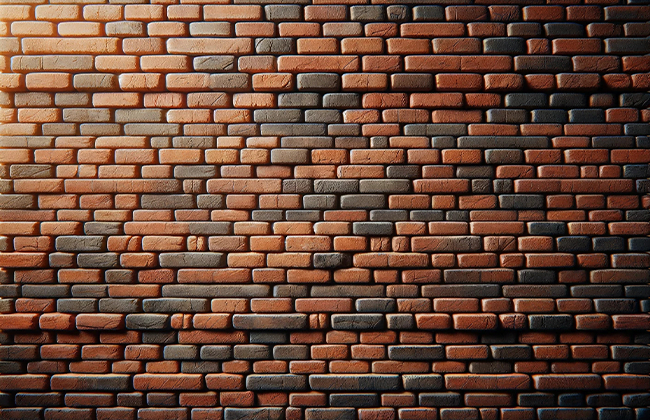
Curious about where different types of brickwork shine? Whether it’s in modern homes or historic landmarks, each style has its unique place and purpose. Let’s check them out!
Residential and Commercial Buildings
Diving into the world of residential and commercial structures, it’s clear that the choice of brickwork can significantly impact both aesthetics and functionality. For instance, the stretcher bond, with its clean and modern look, is perfect for contemporary homes. On the other hand, commercial buildings often opt for the English or Flemish bond, balancing visual appeal with structural integrity. It’s fascinating how the choice of brickwork can define the character of a building, isn’t it?
Landmarks and Historical Buildings
Now, let’s talk about landmarks and historical buildings. Ever noticed how some old buildings have this unique charm that modern ones can’t replicate? A big part of that charm is the brickwork. The English and Flemish bonds, with their historical roots, are often seen in landmarks, serving as a testament to their enduring strength and timeless appeal. It’s like each brick tells a story of the past, creating a bridge between history and the present.
Advantages and Limitations
Understanding the advantages and limitations of each type of brickwork is like having a secret tool in construction projects. For instance, while the stretcher bond is quick to lay and cost-effective, it’s not the best choice for load-bearing walls. Conversely, the English bond, though robust and strong, can be more time-consuming and require more skill to execute correctly. It’s all about finding the right balance for each project’s specific needs.
DIY Brickwork
For the DIY enthusiasts out there, getting familiar with different brickwork types can turn a simple project into a masterpiece. This section is packed with tips and tricks to get you started. Whether it’s creating a small garden wall with the stretcher bond or trying your hand at a more intricate Flemish bond, it’s about unleashing your creativity while understanding the basics. Remember, the right technique not only ensures safety but also elevates the overall look of your project!
Conclusion:
As we wrap up our exploration of the types of brickwork, it’s clear that this humble construction element holds a world of diversity and history. Each type of brickwork we’ve discovered has its own role in shaping the aesthetics and strength of buildings across time. Understanding these types helps us appreciate not just the buildings we see but the skill and artistry behind their creation. So, the next time you see a brick structure, remember the rich tapestry of types and techniques that brought it to life!
FAQs:
Q: What are the most common types of brickwork?
A: Among the types of brickwork, stretcher and header bonds are quite popular. They are widely used for their simplicity and strength, fitting various building styles.
Q: Can types of brickwork affect a building’s durability?
A: Absolutely! Each of the types of brickwork has distinct durability characteristics. For example, the English bond is renowned for its exceptional strength and longevity.
Q: Are certain types of brickwork better for specific climates?
A: Yes, different types of brickwork respond uniquely to various climates. For instance, some bonds offer better moisture resistance, making them ideal for damp climates.
Q: How do the types of brickwork impact construction costs?
A: The complexity and material requirements of different types of brickwork can influence the overall cost. Simpler bonds tend to be more cost-effective.
Q: Can I mix different types of brickwork in one structure?
A: Mixing types of brickwork can create unique aesthetics and functionality. However, it’s crucial to ensure the structural integrity and compatibility of the bonds.


